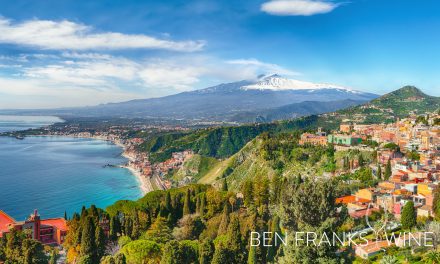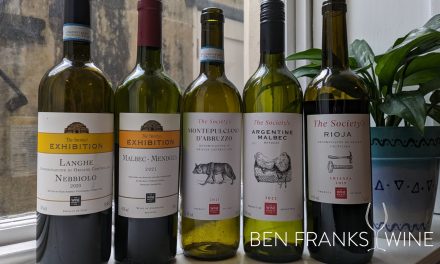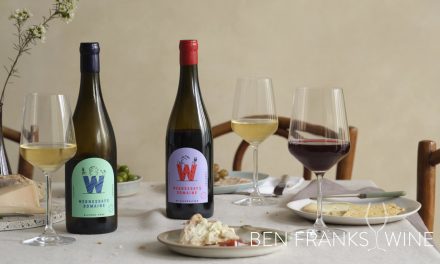If you’re doing Dry January, or cutting back on your wines, what five bottles would you break it for? Kris Pathirana takes inspiration from Friends‘ Freebie List and shares the five wines that he wouldn’t pass up.
The dawn of another revolution around the sun, and with it the annual deluge of new year (new you) listicles, opportunistic gaslighting that non-alcoholic wine is “good now” (it’s not), and the familiar war cry of ‘Dry January’. While I have historically been reluctant to jump on fad-wagons of any stripe, when December ended with an ill-advised, early hours trip to Chinatown like it was 2009, I figured an alcohol-free intermezzo couldn’t hurt.
In fact, I realised that a solitary month might not be long enough, given that alcohol is hardly conducive to my new year’s celery juice and sleep-gummy goals. So, I doubled down: two months sans alcohol. My only fear was if the fates suddenly conspired to present me with the opportunity to drink a bottle from Ridge’s Monte Bello vineyards. Saying no to Monte Bello would be akin to saying no to 1960s Claudia Cardinale: namely, an immediate entry into the book of deathbed regrets. I needed a catch, a caveat, a clause; something that would allow me to maintain my virtue, while not slapping life in the face if it handed me bottled joy.
As someone who grew up in the post-modern, self-referential nineties, it was somewhat predictable that I would find the answer in television. Depending on your age and where you fall on the fragility spectrum, Friends is either the charmingly unrealistic, but consistently brilliant comedy of your youth, or the problematic, homophobic, fat-shame-fest you just discovered on Netflix. What can be agreed however, is that no other comedy of that era ushered more aphorisms into the zeitgeist, and perhaps none more culturally mainstream than ‘The Freebie List’.
The freebie or ‘pass’ list was a list of five celebrities that you would be allowed to sleep with while in a relationship, without it being considered cheating. So, what if I did Dry January (and February), but had a list of five wines that I could drink without it being considered cheating? Suddenly, Dry January seemed not a perfunctory exercise in abstinence, but a curation of quality and restraint; a ‘Damp January’ if you will.
But which five bottles would be on my list? As in Friends, selection requires careful consideration. You need to play the odds. There’s no point choosing a 1990 Sassicaia if you don’t have the wallet for it, or that random bottle from your holiday in Chile if you’re unlikely to come across it again. Conversely, you can’t pick something so accessible that you can break Dry January simply because Sandra from Accounts was being a right melt that day. Most importantly however, if you are going to break your commitment, it better be worth burning down the proverbial house.
My Damp January List
1990 Livingston Moffett Vineyard Cabernet Sauvignon, Napa Valley, US
I had to include this given that I already cracked it on New Year’s Day. I found this at Hedonism Wines in Mayfair, and sweet baby J, what an absolute find!

Livingston Moffett doesn’t even exist anymore, closing its doors in 2005. Too soon on this evidence. Thirty-four years young, it retained both its fruit and its acidity, while bottle ageing had softened the tannins to near velvet, gaining richness and tertiary complexity, with broader notes of black cherry, cedar, and savoury flecks of black olive. Paired with a Rib-eye and beef-dripping chips, it was sensational. For those in London, the ‘Double-H Monday’, a cultural movement I just invented, denotes the purchasing of a bottle at Hedonism, and the immediate drinking of said bottle at Hawksmoor for £5 corkage Monday. Alas, one of the few luxe bargains left to be had in the capital.
2019 Bérêche et Fils, Rive Gauche Extra Brut, Champagne, FR
Despite my desire to cling to my ‘Jenny from the Block’ ideals, I have developed an unfortunate taste for vintage Champagne of late. It’s all I seem to want to drink, especially if it’s 100% Pinot Meunier.
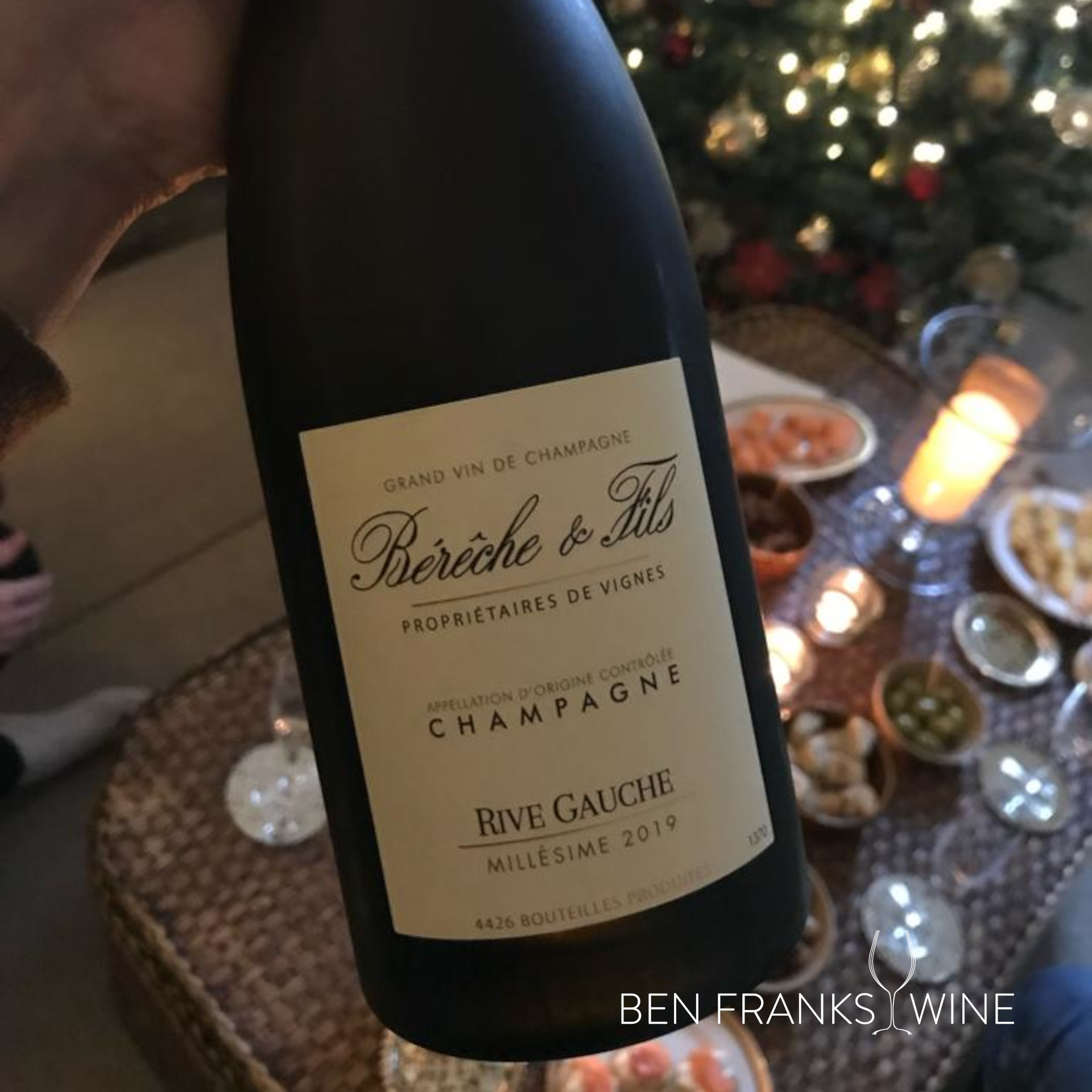
I opened this Blanc de Noirs on Christmas Day and sadly it did nothing to slow my descent towards becoming a card-carrying member of the bourgeoisie. Everything about this grower champagne screams classic. There is a place for that low sulphur, low dosage lark, but thankfully that place is not here. When it comes to sparkling, my palate is decidedly ‘Okay, boomer’, and proudly so.
With a golden-straw hue, this bona fide worldie eased effortlessly out of the gates, with toasted brioche and frangipane on the nose, fleshy orchard fruit, and peach melba on the palate. Poured into a Riedel Veritas champagne glass, as one assumes the Lord David Bowie intended, it was nothing short of sublime. Sometimes the best things in life aren’t free.
2018 Shafer ‘TD-9’, Napa Valley, US
Napa again. I tried this at a tasting and have been cellaring a bottle ever since for ‘an’ occasion. But as the cold weather draws in and having narrowly avoided the Christmas pop, this Merlot-based Bordeaux-blend feels the most likely bottle to go.
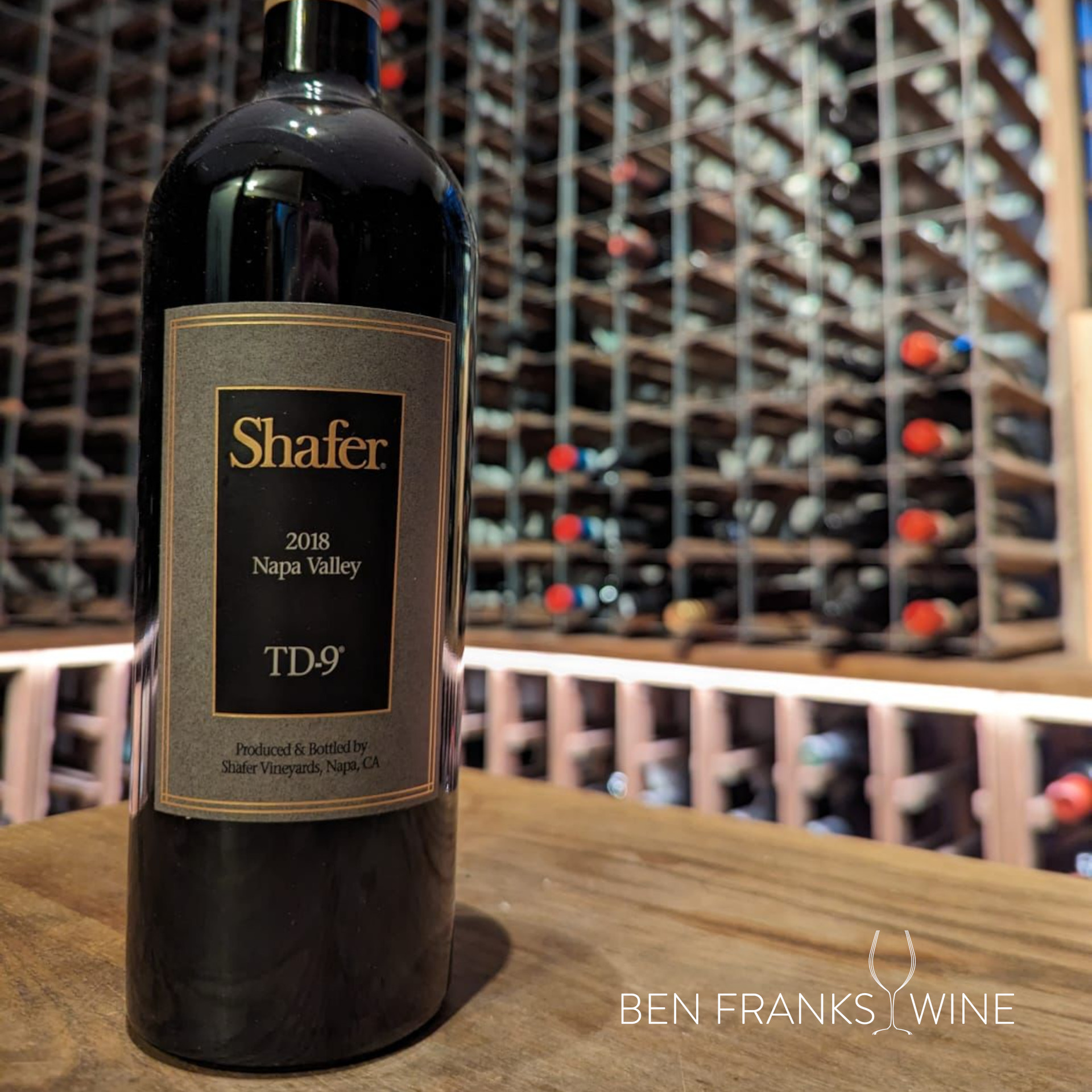
When the movie Sideways de-railed the Merlot-market in spectacular fashion, Merlot became the Kevin Jonas of the Napa grape triumvirate; underappreciated and unspectacular, but comparatively good value for money. The Cabernet Sauvignon and Malbec adds structure and cuts the jammy plum notes that certain wine consultants (let’s call them Fren Banks) find boring about Merlot.
I was already predisposed to having a soft spot for this wine, given my grotesque sentimentality, as it was named after the ‘TD-9’ tractor that John Shafer, a then Chicago publishing executive with no wine-making experience, taught himself to drive upon purchasing his first vineyard. The risk and romance already sound delicious.
2019 Vigneti Tardis ‘Martedi’, Paestum Rosso, Campania, IT
This was my favourite wine of 2022 and has proven difficult to find in the wild ever since. Elevated perhaps because it was the wine I drank the day I ended eighteen months of an entirely plant-based diet (paired with a £2 Tesco Salami… McCartney wept), or perhaps it was simply the most surprising.

I tend not to gravitate towards the robust, heavily tannic Aglianico outside of a dinner of lamb shanks, but this collaboration between London sommelier Jack Lewens and winemaker Bruno de Conciliis, using a clone/relative grape called Aglianicone (larger berries but thinner skins, meaning more fruit and less tannins) was a revelation. Being exclusively free run juice and no pressings, ‘Martedi, or Tuesday in their ‘La Settimana’ range named after days of the week, was light, yet sumptuous with fresh cherries, mulberries, and sweet blackberries.
At £22, it remains a bargain, and given that their Aglianicone vines have sadly since been destroyed by hail (future vintages will be primarily Aglianico), it is something of a rarity too.
2018 Francois Cotat, La Grande Côte, Sancerre, Loire, FR
I needed to get a white on the list for equality, but in truth, few wines in recent memory have left as indelible a mark as La Grande Côte.
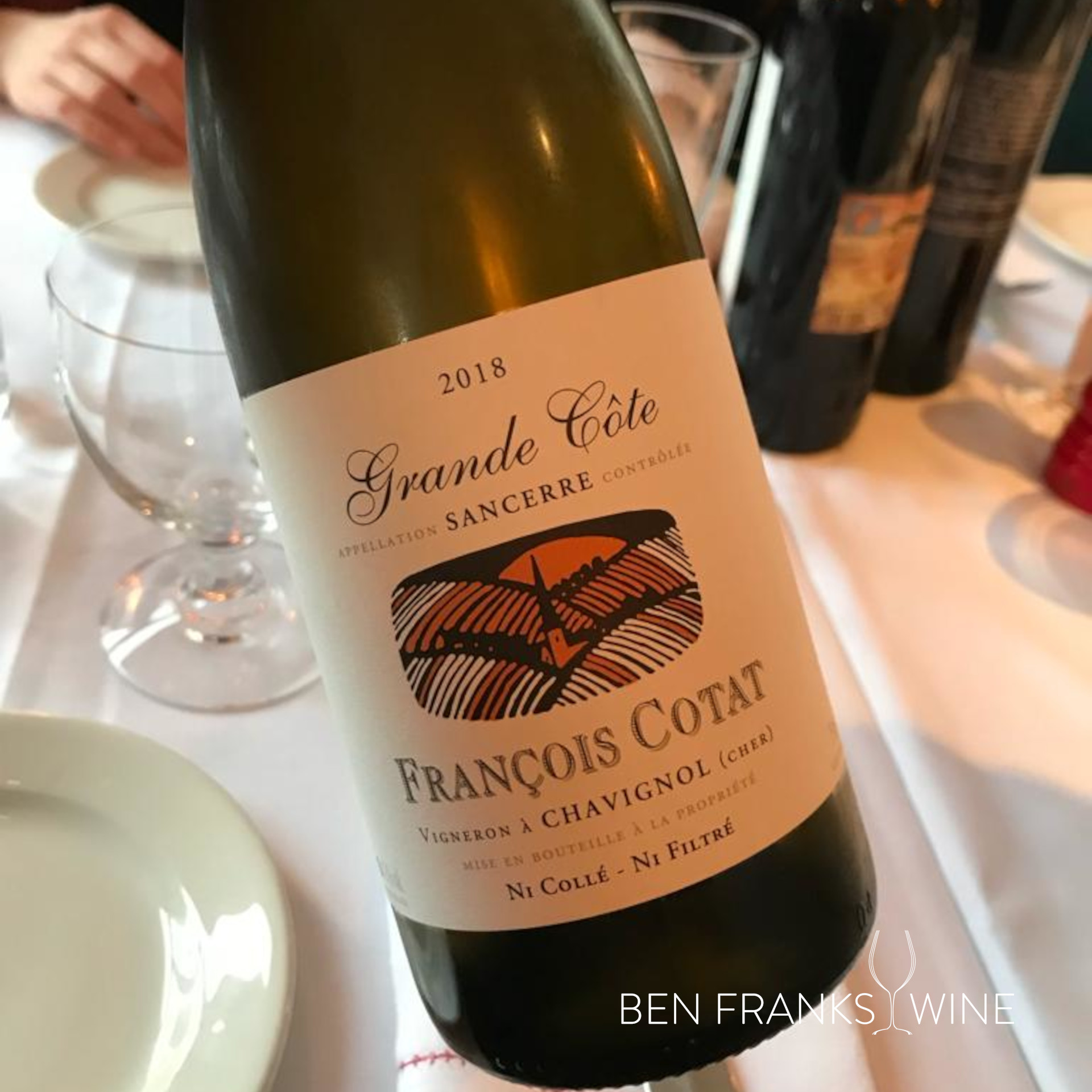
Unlike any Sancerre I have ever tasted, it was densely layered with honeyed, lemon-curdy notes, fleshy yellow fruit, and a mouthfeel viscous with residual sugar, somehow balanced with a pure minerality and a subtle backbone of grapefruit-acidity.
Expecting a more traditional Sancerre, I wasn’t even sure that I liked the first few sips, but once I renounced my expectations and experienced it for what it was, I realised I was in the presence of greatness. Is anyone anywhere doing anything as interesting with Sauvignon Blanc as Francois Cotat? Cotat seems a man willing to cut his nose off to spite his face to make the wine he wants to make, even if it means not hitting the requisite criteria to be classified as Sancerre, and having certain vintages demoted to humble Vin de France status. What a baller. This is a finesse wine and an age-worthy Sancerre that I would love to taste in a few more years… or Tuesday.
* * *
So… Damp January. We’re doing it. Obviously Dry January is better for you, as is a bone-dry February if you really want to push the boat out. But I prefer to be energised by discipline rather than mourn it, so if I am going to do something wrong… I want to do it right.
—-
What’ on your list? Share in the comments below.
Images provided by Kris Pathirana.


